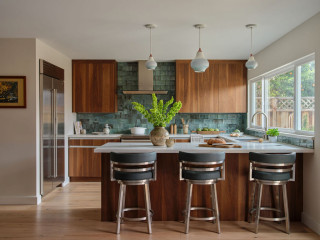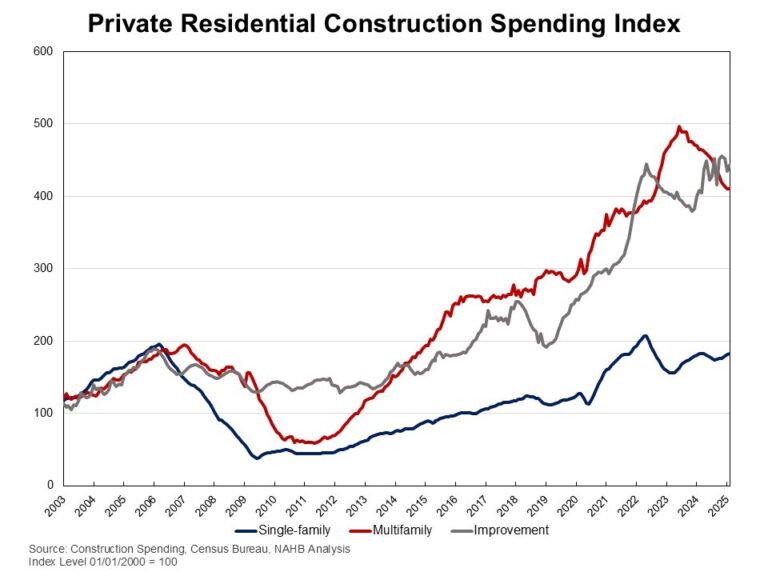
The lighter green bars show how in the 90th percentile of spend, Gen X renovators led the pack, allocating up to $150,000 for projects. The other groups had spends between $120,000 and $125,000.
For kitchen remodels specifically, millennials’ median spend increased from $15,000 in 2023 to $20,000 in 2024. Gen Xers saw a 12% drop in median spend, from $25,000 in 2023 to $22,000 in 2024, while baby boomers spent slightly less year over year, dropping from $24,000 in 2023 to $23,000 in 2024. Seniors also scaled back: Their median kitchen remodel spend dropped from $19,000 to $15,000.
Bathroom remodels present a mixed picture. The median spend for seniors nearly doubled, from $8,500 in 2023 to $15,300 in 2024, while the median spend for millennials declined sharply, from $12,000 to $7,500. The median spend for Gen Xers decreased from $15,000 in 2023 to $13,000 in 2024, while baby boomers remained steady year over year at $15,000.
Your Spring Home Maintenance Checklist
This article was originally published by a www.houzz.com . Read the Original article here. .










